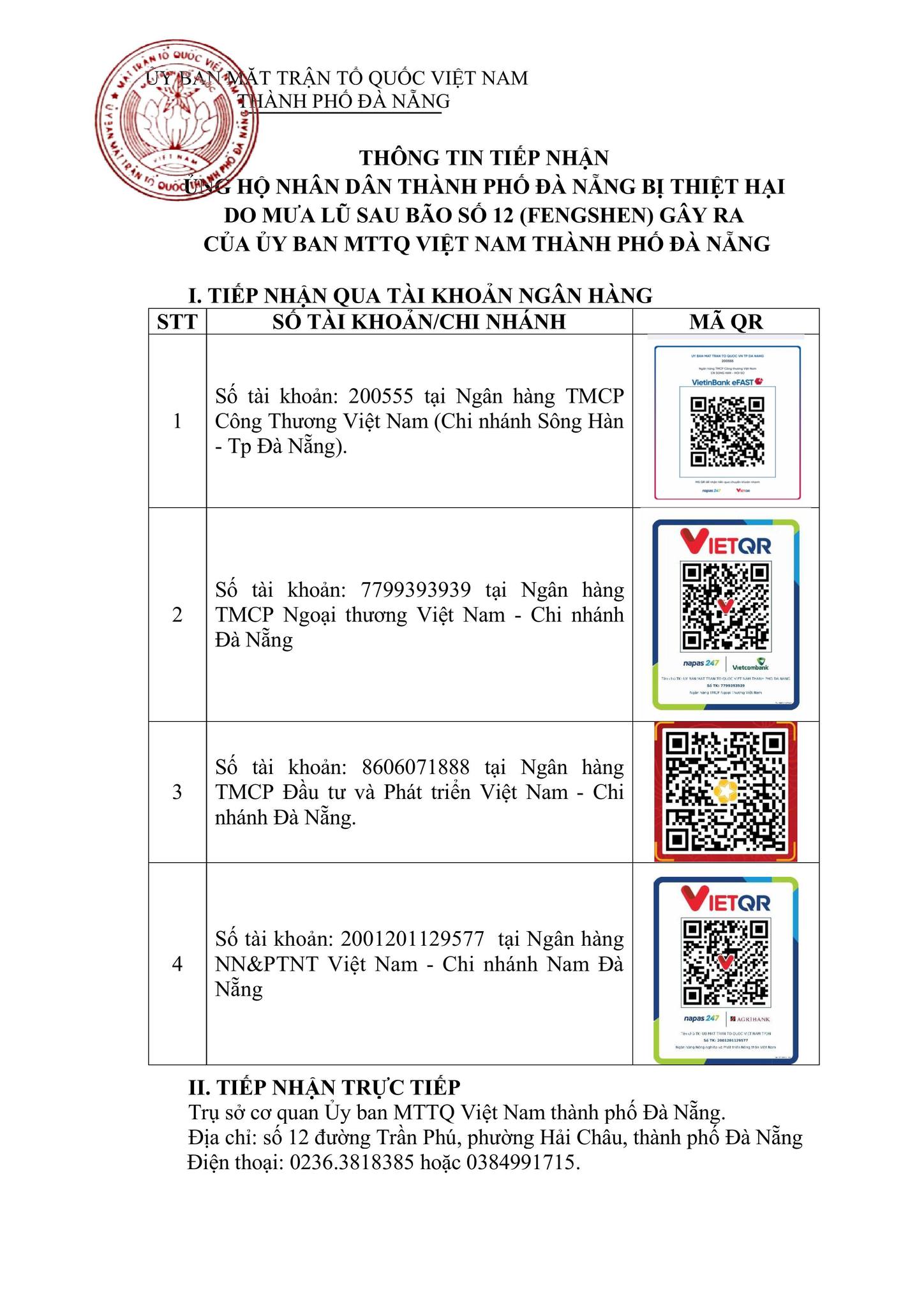What is a Power Lock? Structure and Operating Principle of a Power Lock
"Power locking devices, also known as power lock couplings, are an important type of mechanical coupling designed to connect two shafts, allowing them to rotate synchronously or transmit rotational motion from one shaft to another. These couplings are commonly used in mechanical systems, industrial machinery, and power transmission equipment, where a secure and stable connection between moving parts is required. Power locking devices play a crucial role in ensuring the efficient and durable operation of these systems."
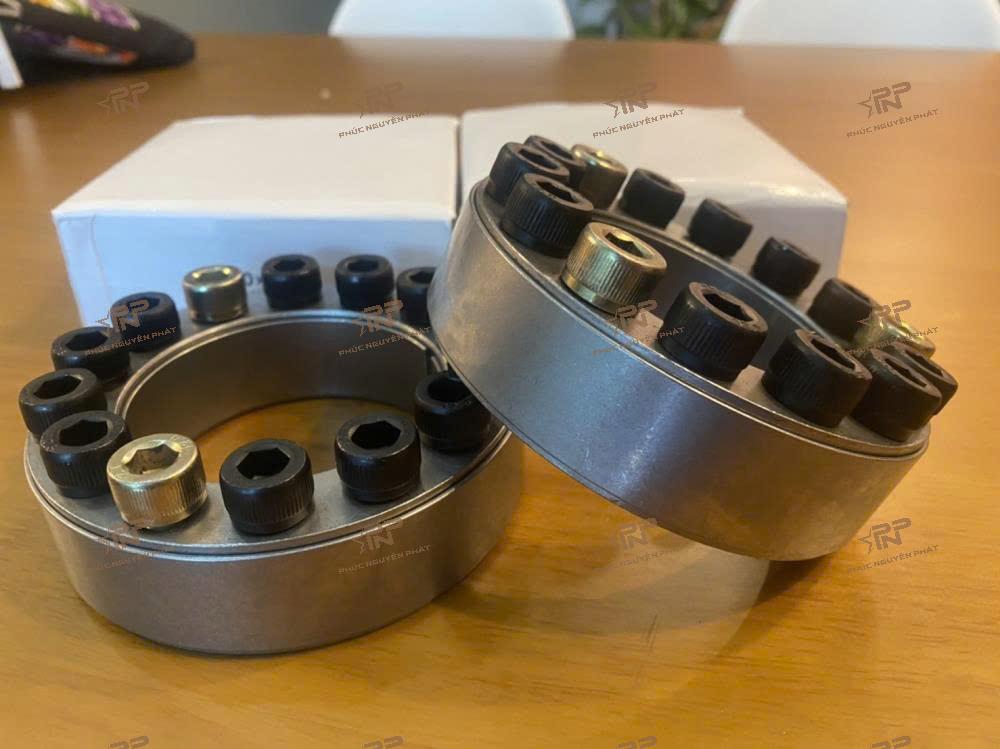
Mục lục
What is a Power Lock?
A power locking device, or shaft locking device, consists of two main components: a bolt or roller pin attached to the first shaft and a circular hole or groove on the other shaft for connection. When the bolt or roller pin is inserted into the circular hole or groove, they lock tightly together, allowing the shafts to rotate synchronously and transmit rotational motion.
Power locking devices are considered a superior solution in terms of precision and efficiency compared to traditional methods like using drilled holes and threaded rods. They ensure accuracy and stability in both the driving and driven shafts by distributing force evenly across the contact surfaces between the shaft and the central hub. This helps reduce stress concentration at a single point, protecting the shafts and ensuring more stable operation.
Another key benefit of power locking devices is their ease of installation and removal, which saves both time and costs compared to traditional methods. These devices can be installed on smooth shafts without the need for drilling holes or creating grooves, optimizing the manufacturing process.
Power locking devices have a wide range of applications, including shaft transmission in machinery and mechanical equipment, pipe connections in piping systems, as well as in many other mechanical and motion systems. With their stability, ease of installation, and cost-effectiveness, power locking devices are an ideal choice across various industries.
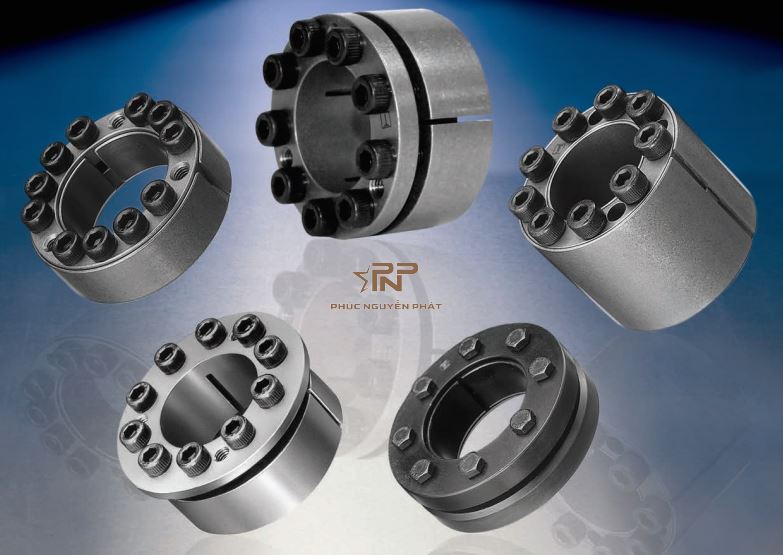
Structure of a Power Lock
A power lock consists of two main components:
-
Bolt or Roller Pin: This component is attached to the first shaft and typically has a prismatic, spherical, or cylindrical shape. The role of the bolt or roller pin is to connect with a circular hole or groove on the second shaft, ensuring a tight lock between the two shafts.
-
Circular Hole or Groove on the Second Shaft: This part is designed to be compatible with the bolt or roller pin of the first shaft. The circular hole or groove typically matches the shape of the bolt or roller pin to ensure a perfect connection between the two shafts.
When the bolt or roller pin is inserted into the circular hole or groove on the second shaft, the two components lock tightly together, allowing the shafts to rotate synchronously. To ensure a strong and durable connection, power locking devices are often made from hard materials like steel. The contact surfaces of both components are also precisely machined to enhance the tightness and performance of the coupling.
This combination helps ensure stability and reliability in mechanical power transmission applications, allowing both shafts to operate together efficiently.
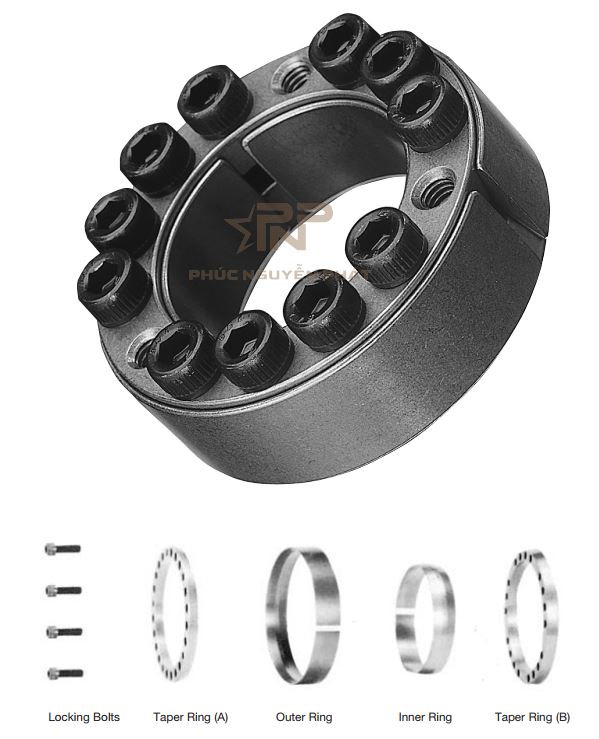
Operating Principle of a Power Lock
When connecting a power lock to a shaft and securing it in place, tightening the bolts activates the clamping mechanism of the cone-shaped element. This tightening process increases the radius of the outer clamping ring and decreases the radius of the inner clamping ring. As a result, the outer and inner clamping rings are pushed apart, generating radial clamping force between the contact surfaces. This force depends on the torque applied to the bolts, the angle of inclination, and the friction coefficient at the clamping surfaces, including the thread and the underside of the bolt head.
The radial clamping force presses the outer ring into the bore and the inner ring onto the shaft, creating a firm frictional connection between the contact surfaces. Through this mechanism, torque and axial force can be efficiently transmitted between the shaft and the bearing.
The operating principle of the power lock relies on the clamping of the contact surfaces of the locking elements. As the bolts are tightened, radial clamping force is generated, ensuring that the contact surfaces are tightly connected, forming a strong frictional bond. This enables the power lock to effectively transmit torque and axial force between rotating shafts.
Power locking devices can be designed in various shapes, such as cone-shaped, spherical, or cylindrical. However, the fundamental operating principle remains the same, based on creating a firm clamping connection between the locking elements to transmit torque and axial force.
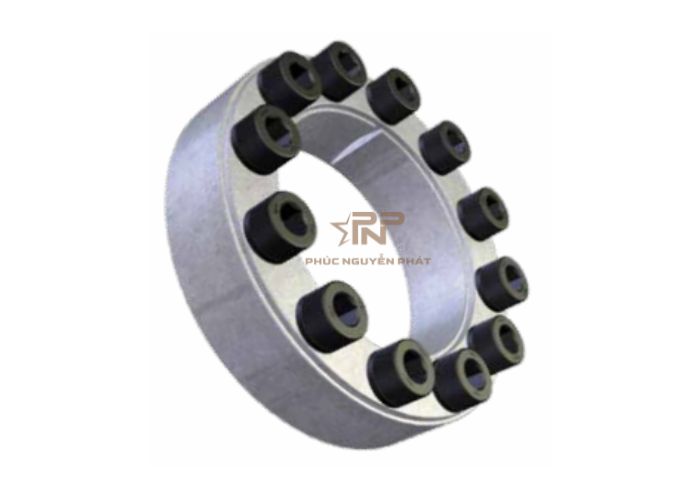
Guide to Selecting the Optimal Power Lock for Motors
-
Determine Motor Power and Torque
- Power (kW or HP): Knowing the motor's power is essential to ensure the power lock can handle the forces transmitted by the motor.
- Torque (Nm): Torque is the most critical factor when choosing a power lock. The power lock's torque capacity must be equal to or greater than the motor's torque to ensure a secure and safe connection.
-
Shaft Size and Diameter
- Shaft Diameter: Select a power lock that fits the shaft diameter of both the motor and the connected equipment. It must be compatible with the outer diameter and contact surfaces of the shaft.
- Overall Dimensions: Ensure the physical size of the power lock is suitable for the available installation space within the system.
-
Load and Operating Conditions
- Load Capacity: The power lock must be strong enough to handle the maximum load during operation, including radial, axial, and torsional forces.
- Operating Conditions: Consider environmental factors like temperature, humidity, corrosion, and vibration. Select power locks made from suitable materials, such as stainless steel or alloys, for harsh conditions.
-
Type of Power Lock
Power locks come in different types, each with its advantages:
- Cone-shaped Power Lock: Often used in applications requiring strong clamping force and high precision.
- Cylindrical Power Lock: Suitable for applications needing simplicity and easy installation.
- Spherical Power Lock: Used when shaft misalignment needs to be adjusted.
-
Ease of Installation and Maintenance
Choose a power lock that is easy to install and remove to minimize maintenance and repair time. Opt for devices with clear instructions to avoid technical errors during installation.
-
Cost and Maintenance Expenses
Consider the overall cost, including purchase price, maintenance, and replacement expenses. Choose a product that fits your budget while ensuring quality and performance.
Installation Guide for Power Locks to Minimize Maintenance
-
Inspect Components
- Clean the Shaft and Bore: Ensure the shaft and bore are free of dirt, grease, and rust. Clean surfaces help the power lock function properly and prevent slipping.
- Check the Power Lock Device: Ensure the locking components are not deformed or damaged.
-
Proper Positioning
- Place the Power Lock in Position: Slide the power lock onto the shaft and align it so that the lock and bore of the equipment are perfectly coaxial.
- Alignment Check: Ensure proper alignment between the shaft and the power lock to prevent vibration or shaft misalignment during operation.
-
Tighten the Bolts
- Tighten Bolts in Sequence: Tighten the bolts symmetrically to avoid uneven pressure on the clamping elements. Do not overtighten one bolt before tightening the others to ensure even clamping force.
- Check Torque: Use a torque wrench to tighten the bolts to the manufacturer's recommended torque value. This ensures sufficient clamping force without damaging threads or deforming the device.
-
Post-Installation Check
- Check Bolt Tightness: After installation and tightening, recheck all bolts to ensure they have not loosened during the tightening process.
- Test Run the Equipment: After installation, run the equipment at low speed to check if the power lock operates smoothly. If there are no unusual vibrations or noises, the system has been installed correctly.
-
Periodic Maintenance
- Regularly Check Bolt Tightness: Monitor the bolt tightness during operation and adjust if necessary.
- Lubricate Bolts: Apply lubricants as specified by the manufacturer to reduce friction and protect threads, minimizing wear.
By following proper installation and regular maintenance procedures, you can ensure efficient operation of the power lock, minimize maintenance needs, and extend the device's lifespan.
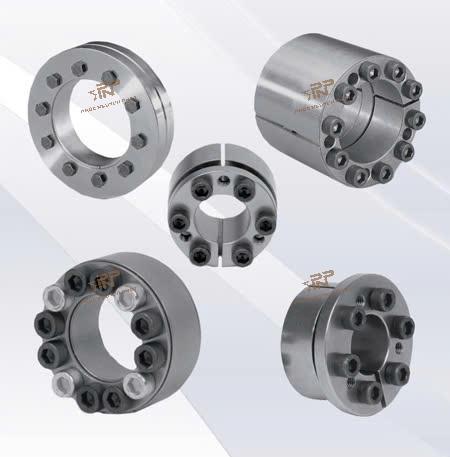
Reliable Supplier of Shaft Locking Couplings
Phuc Nguyen Phat offers a variety of customer support services as follows:
-
Free Technical Consultation: We provide professional and free technical consulting services to help customers choose the most suitable products.
-
Optimized Solutions: We offer optimal solutions to ensure efficiency and cost savings during the production process.
-
Site Visits and Surveys: We support customers with on-site visits and surveys to give them a better understanding of our products and services.
-
Quick Order Processing: We are committed to processing customer orders quickly to meet production needs promptly.
-
Free Delivery: We offer free delivery services within Ho Chi Minh City, helping customers save on transportation costs.
-
Fast Delivery Support: We provide fast delivery, even before receiving orders, ensuring that customers are not interrupted in their production.
We take pride in being a leading supplier in Vietnam for shaft couplings and locking devices for cement plants, steel mills, paper mills, wood, sugar cane processing, as well as serving small, medium, and large enterprises nationwide.
For any inquiries, please contact:
-
PHUC NGUYEN PHAT ENGINEERING TRADING MANUFACTURE Co.Ltd
-
Address: 39/20/10 Street No. 10, Quarter 3, Linh Xuan Ward, Thu Duc City, Ho Chi Minh City, Vietnam
-
Email: phucnguyenphat.pnp@gmail.com
-
Hotline: 0964 900 401 (Ms. Ha) - 0965 588 029 (Mr. Hai)
-
Website: https://pnp-thietbi.com








.png)
.png)
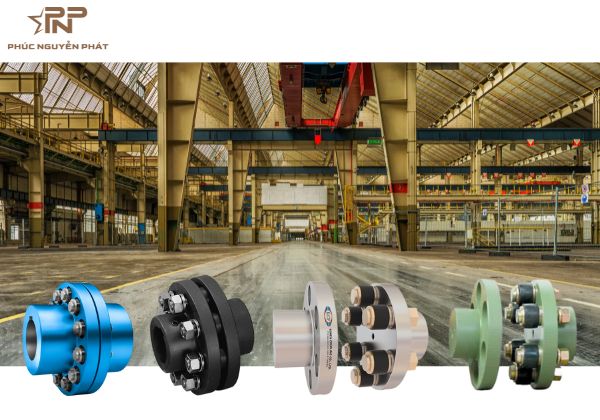
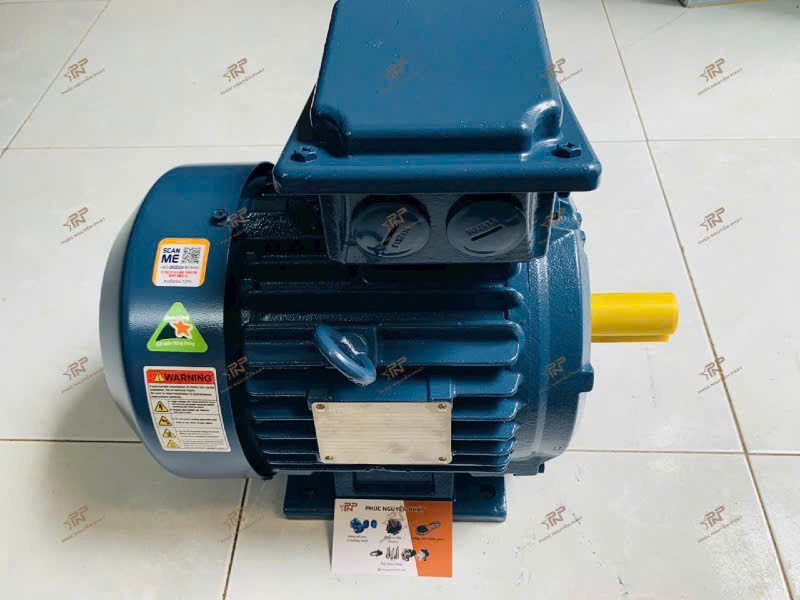
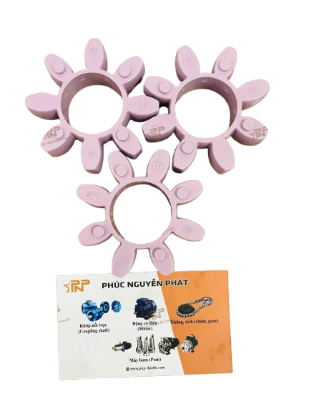
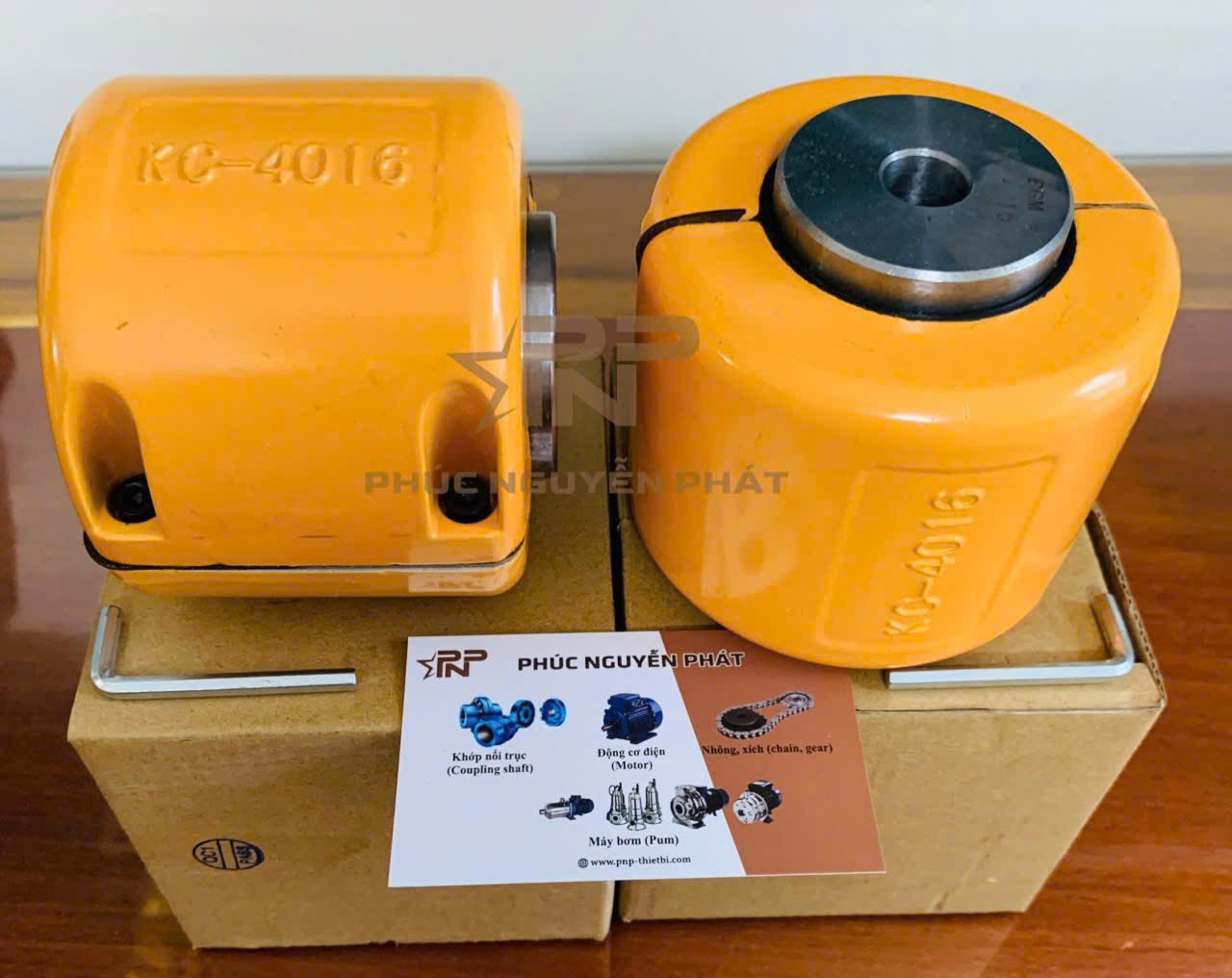

.jpg)



